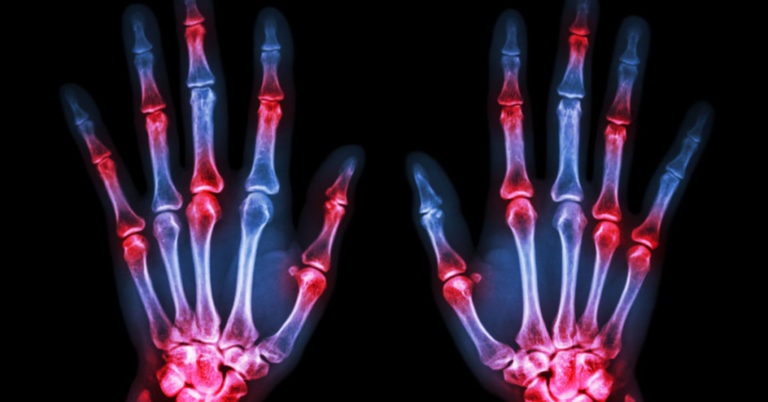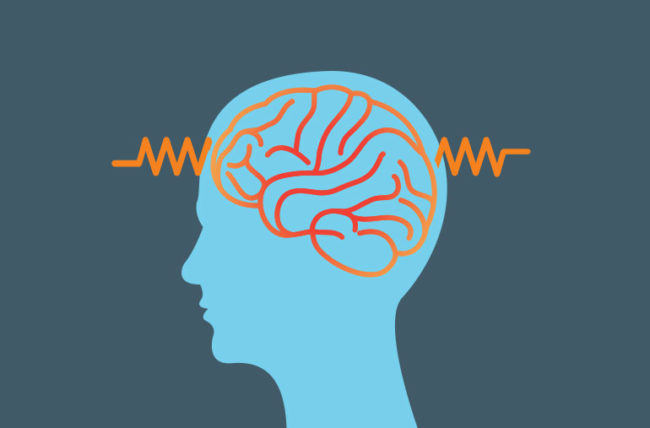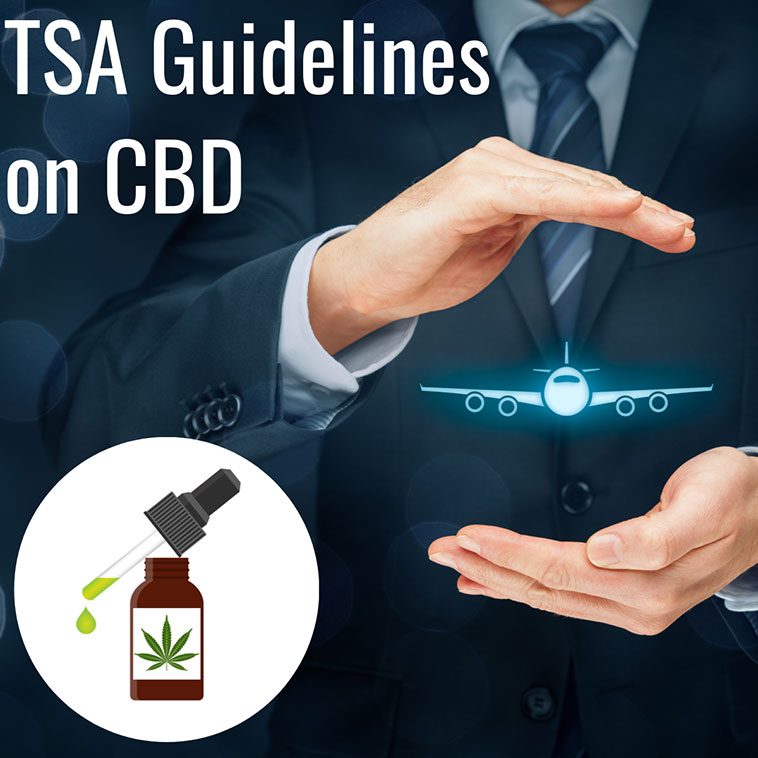Synthetic Cannabinoids Are On The Rise

With the rise in popularity of hemp products has also come the rise of synthetic cannabinoid products. As the means to produce these drugs become more advanced, there is a highlighted need for ways to detect what is real and what is fake. However, a team of researchers has discovered a way to do exactly that.
Researchers led by Christophe Stove, Ph.D., at the University of Belgium may have the answer we need to detect synthetic cannabinoids. In a press release through PR Newswire, the American Association of Clinical Chemistry announced the findings Stove’s team published in their novel study, stating, “Researchers led by Christophe P. Stove, Ph.D., of Ghent University in Belgium, developed a highly accurate screening test for synthetic cannabinoids that is also easy to perform.”
What are synthetic cannabinoids?
Synthetic cannabinoids are commonly known as K2 or Spice. According to the National Institute on Drug Abuse, “Synthetic cannabinoids are human-made mind-altering chemicals that are either sprayed on dried, shredded plant material so they can be smoked or sold as liquids to be vaporized and inhaled in e-cigarettes and other devices.”
Synthetic cannabinoids interact with the CB receptors in the brain, producing a similar hallucinogenic sensation as THC. However, they are known to produce much stronger effects than natural cannabinoids found within the cannabis plant.
Side effects can range on the more severe side and are known to be addictive. Vomiting, uncharacteristic violent behavior, and a racing heart rate are just a few of the common side effects induced by synthetic cannabinoids.
Overdose is possible with synthetic cannabinoids. Because they are made with potentially harmful materials, those who use synthetic cannabinoids run a risk of reduced blood supply to the heart, kidney damage, elevated blood pressure, and other life threatening conditions. According to the CDC, there were over 13,000 confirmed deaths related to synthetic drugs in 2021 alone. Even more concerning was the note stating that these numbers are considered incomplete due to ongoing investigations and could potentially result in higher numbers.
If you or another is experiencing any of these conditions, immediately seek emergency medical attention.
The Study
Stove and his research team addressed this issue by creating a highly accurate screening test to detect synthetic cannabinoid receptor agonists (or SCRAs for short). According to their findings published with the American Association for Clinical Chemistry, “Continuous monitoring of these compounds is important, but is challenged by the rapid emergence of novel analogues that are missed by traditional targeted detection strategies. We addressed this need by performing an activity-based, universal screening on a large set (n = 968) of serum samples from patients presenting to the emergency department with acute recreational drug or NPS toxicity.”
During the study, 135 out of 141 results scored positive without any doubt. Samples used during the testing included low concentrations of synthetic cannabinoids to test the range of testing accuracy. Stove and his team reported, “The bioassay continued to demonstrate outstanding performance, 395 confirming its potential as an ideal untargeted screening assay, capable of sensitively 396 and universally detecting new circulating SCRAs. Although the bioassay itself is 397 already simple and quick, adopting a machine learning approach could potentially 398 speed up sample scoring substantially, reducing the workload, which is ideal for a first399 line screening approach complementing conventional analytical methods.”
The Next Steps
According to the press release, “Although the bioassay itself is already simple and quick, adopting a machine learning approach could potentially speed up sample scoring substantially, reducing the workload, which is ideal for a first-line screening approach complementing conventional analytical methods.”
While it will take time to perfect this specific kind of testing system and require frequent updates as synthetic cannabinoids evolve, this is a massive step in the scientific community. Stove and his team of researchers have developed a much needed advancement in drug detection equipment.
While synthetic cannabinoids can be found in some states, it is only due to altering the ‘recipe’ of the synthetic drug to remain within the legal grey area. Like with most things, cannabinoids from the cannabis plant are natural and more regulated than their synthetic counterpart. However, those on prescription medication or with preexisting conditions should consult a physician before trying any cannabinoid product.
Cannabinoid research is expanding thanks to the legal hemp and marijuana industries. Previously, researchers knew about the existence of minor cannabinoids but very little about their actual properties. However, the influx of biomass has allowed researchers like Stove and his team to take a more in-depth look at the individual cannabinoids found within the cannabis plant. Minor cannabinoids such as CBN and CBGA have been able to take a larger step into the spotlight due amount of material readily available.
It will be quite a while still before we fully understand all the benefits of cannabinoids. But thanks to researchers like Stove and his team, we can more readily able detect their darker counterparts.





